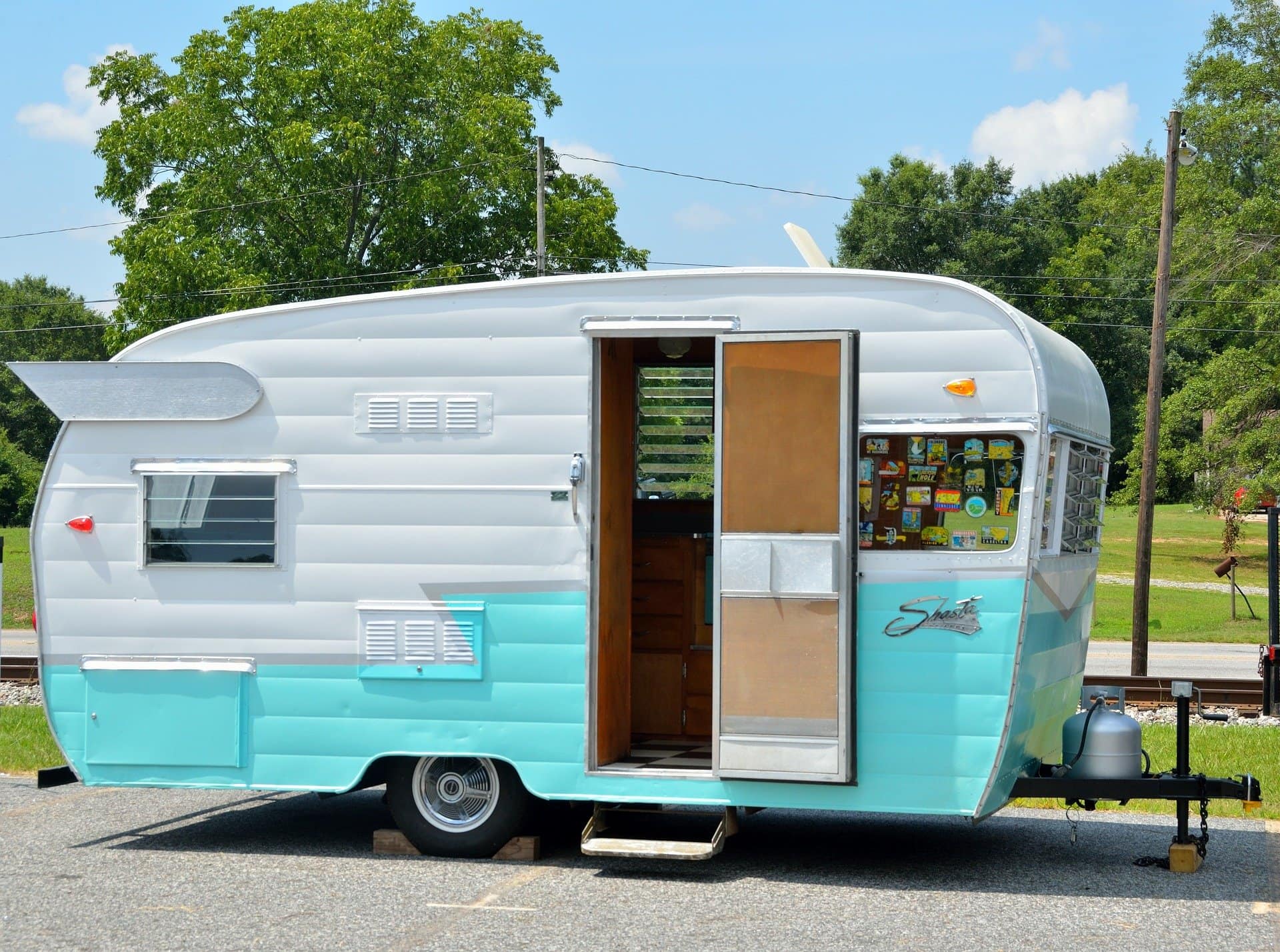How Many Mobile Homes Per Acre Can You Have? What You Need to Know
-

- Last updated:

Whether you are thinking about building a mobile home park or are just curious, you might wonder how many mobile homes can fit on a single acre of land. Unfortunately, the answer is more complex than you’d think. Several factors are involved in determining how many mobile homes can fit on a single acre of land.
For example, the mobile home’s size and local regulations affect the number of homes you can place on an acre. Keep reading to learn how many mobile homes can fit on an acre and get an estimate based on United States statistics.
 How Many Mobile Homes Can Be on One Acre of Land?
How Many Mobile Homes Can Be on One Acre of Land?
Although this question sounds simple, there are two interpretations. The first considers many mobile homes can fit based on their size alone. The second interpretation involves determining how many mobile homes can be on a single acre based on local regulations.
Because there are two possible answers to this question, let’s answer each question separately.

1. How Many Mobile Homes Can Fit on an Acre Based on Size?
A single acre of land has a square footage of 43,560 feet. The average mobile home size in the United States is 1184 square feet. Without any spaces between the mobile homes, you can get about 36 mobile homes of this size onto one acre of land.
Of course, living inside the homes will be impossible since they will be touching one another. For mobile homes to be livable, you can fit anywhere from 15 to 20 on an acre of land.
Another consideration is that not all mobile homes are 1,184 square feet. Mobile homes can be anywhere from 500 square feet to over 2,000 square feet. Obviously, more mobile homes can fit on an acre of land under 1,184 square feet, but fewer will fit if they’re larger.
2. How Many Mobile Homes Are Allowed to Be on an Acre?
Just because 15 mobile homes can fit on an acre of land does not mean they can legally be placed there. Each state sets laws about how many mobile homes are allowed per acre of land. On average, most states allow anywhere from five to nine mobile homes per acre.
The point of the laws is to ensure that mobile home communities provide enough space and livable conditions for the residents. With only nine mobile homes per acre, the residents have plenty of space to park, drive, and play safely.

How Can I Find Out How Many Mobile Homes Are Allowed in My Area?
Because laws concerning mobile home acreage vary from state to state and community to community, you can contact your Department of Economic and Community Development Local Planning Assistance Office or your area’s equivalent department.
The purpose of the department is to develop laws concerning residential and commercial complexes. The local officials can tell you how many mobile homes are allowed on a single acre of land.
- See Also: How Many Houses Are in the U.S.?
 Final Thoughts: How Many Mobile Homes Per Acre Can You Have?
Final Thoughts: How Many Mobile Homes Per Acre Can You Have?
On average, a single acre of land will have anywhere from five to nine mobile homes, even though up to 36 mobile homes or more can technically fit. Allowing five to nine mobile homes on an acre ensures that everyone has livable and safe conditions.
Once again, you will have to contact your local officials to find out exactly how many mobile homes are legally allowed to be on one acre of land. Most likely, the number will fall between five and nine mobile homes.
Featured Image Credit: Pixabay
Contents
 How Many Mobile Homes Can Be on One Acre of Land?
How Many Mobile Homes Can Be on One Acre of Land?